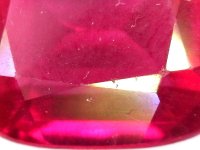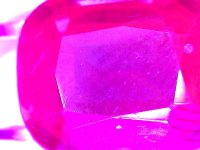BufordCityDawg
Elite Member
I found this in a small box of stones. Most are junk but this one is interesting. It glows under black light. Here are a few images of it. Is it junk, or is it worth taking to my local jeweler to look at?
BCD
BCD




